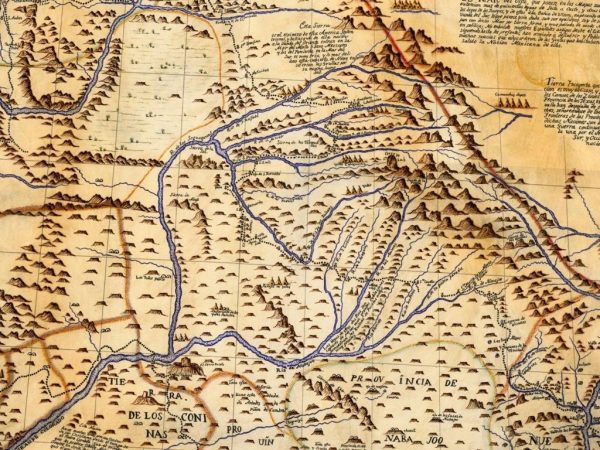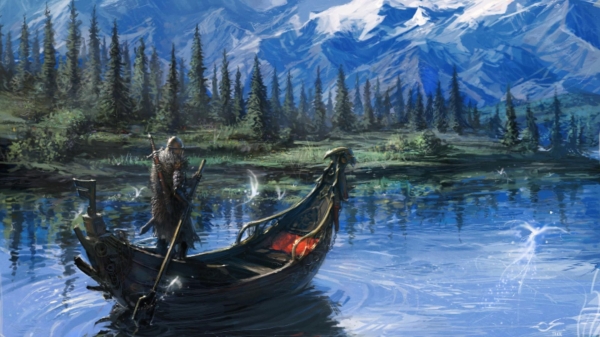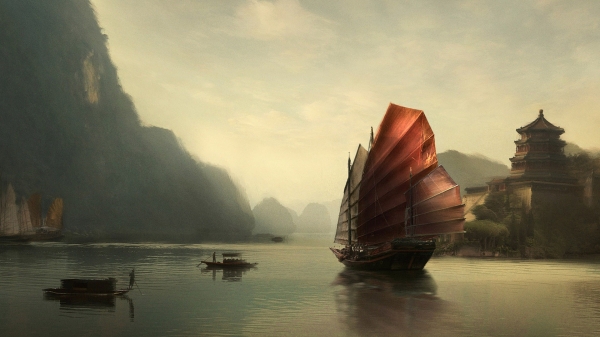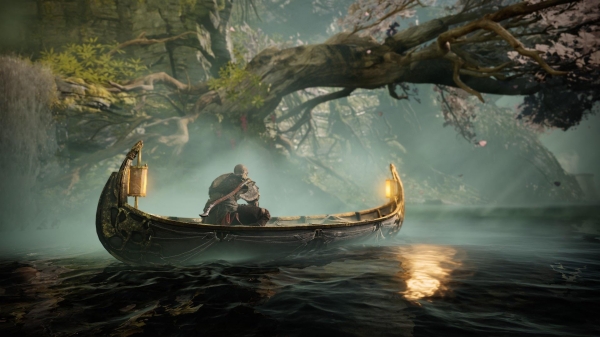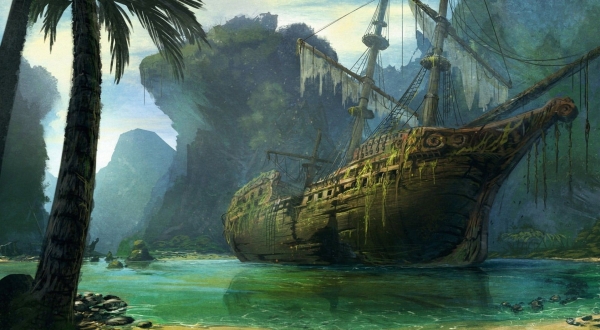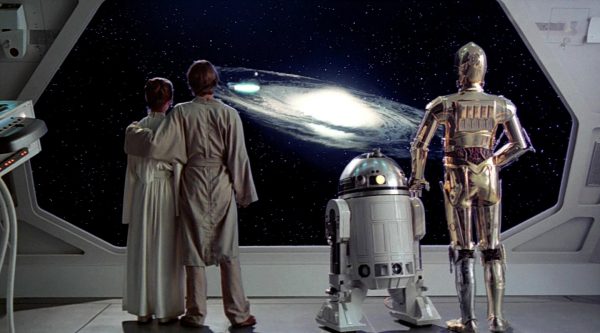When my Inixon campaign ended a year ago, I had planned to do another great revision of my old Kaendor setting that I’ve used for a good number of short campaigns for many years now. But even though I put a good amount of work into the rivercrawl idea, it didn’t really get ignition. I feel that after all that time, the overall concept has lost much of its spark to me. I’ve been spending the last week digging really deep again into the original Forgotten Realms release and specifically The Savage Frontier, with which I have a very long standing fascination. While I discovered many new amd really interesting things that I had never noticed in my previous readings, when it came to laying out a new campaign using that material, I soon found myself thinking that I could do better with those ideas than using the map as it is. I really love many of the ideas and places, but they are arranged in ways that are inconvenient and really make me want to reach out fot my metaphorical hacksaw and welding torch.
I am still greatly amazed by the 1981 Basic/Expert Dungeons & Dragons rules, and now have fallen in love with the way they are repackaged in Old-School Essentials. I am similarly infatuated with Gus L’s take on Classic Dungeon Crawling on All Dead Generations. And any way I thought about it, Kaendor just didn’t seem a good fit with that. So I decided to once again take another shot at creating a new setting, this time one that is specifically tailored to be the backdrop for an OSE Classic Dungeon Crawl campaign. I want to approach this setting, as we say in German, ergebnisoffen. As an open-ended process without preconceived ideas what the prefered conclusion will look like. More an exploration of what could be done with certain innitial parameters, instead of having a specific world concept and making it work for various forms of actual play.
The Objective
The new setting is meant to be the setting for dungeon crawling adventures. This means that it has to be a world that has many dungeons, and the dungeons have to be full of treasures, and monsters that are in the way of getting them. The world should also be presented in a way that makes it plausible that there are still currently many dungeons that still have most of their treasures, and that going diging for these treasures is a worthwhile use for the time of adventurers who can use their skills and powers for all kinds of significant things.
Furhermore, I think the above stated parameters work best in a world that is fairly desolate and lacking in many strong institutions and authorities beyond the local level. Though this is probably more an aesthetic preference than a strict inherent neccessity.
Other aspects that turn into matters of purely personal tastes are that I don’t want to make just another genric D&D fantasyland world. I want to work with the mechanics and structures of OSE, but not just create a backstory for all the default monsters, classes, and people. I also decided that I don’t want to have any generic evil monster people who are just around to be killed in droves for being a naturally born offensive nuisance. I want all people to be treated like actual people with facets and individuality. If something is meant to serve the roll of a monster, then make it a full out monster. No need for some murky middle ground.
Finally, I am striving to capture the feel and aesthetic of fantasy from my youth, but without the cringy stupidity that usually keeps getting missed by nostalgia. For me, that’s 90s heroic fantasy games and a few other sources. Aspects of Baldur’s Gate and Icewind Dale, Albion, Myst, and early Elder Scrolls. Also Record of Lodoss War. But without all the quaint renfaire nonsense. Many years ago I had a vague idea, or really more a vague inspiration, to do something with the successors of Alexander the Great and Greek coloialization in South Asia. Since fallen empires are always a prime spurce for dungeons filled with treasure and magic items, this seems like a good time to take that idea out again.
The Shattered Empire
800 years ago, a great warlord and sorcerer managed to conquer a significant majority of the known world. For 300 years he reigned, and under his rule the empire produced fabulous wealth and great magical wonders. But the wealth only went to the empire’s aristocracy while the subjugated peoples toiled in the fields and mines, and the empire’s great magical power served primarily to keep the masses in check and crush any attempts at rebellion. But while the empire seemed invulnerable to any threat from outside or below, betrayal came eventually from one of the emperor’s six generals. The emperor’s death was swiftly avenged by the other generals, but when the first among them claimed the throne for himself, he only united the other four against him. For 30 years the outer provinces assaulted the imperial heartland and the capital until the pretender was slain and the ancient city razed to the ground. But this did not end the fighting, and the four remaining warlords turned on each other to continue the war for nearly another century until there was nothing left of the great empire.
The Six Lands had been devasted by the emperor’s conquests and the wars that followed his death, and of the old cities, only a few still retain any semblence of their past splendor. For the past four centuries, civilization in the known world has consisted of confederations of self-governing towns and a few independent city states. While the Shattered Empire is slowly fading from memory to legend, the tales and songs of brutal tyrants and terrible warlords still live on, and continue to sour everyone’s taste for great empires and unified power. All lords that talk about expanding their realms and promising their people a future of greatness are highly suspect. For most common people, talk of powerful kingdoms sounds a lot like a tyrant’s plan to strengthen his own power, and neighboring realms see it as a threat that is greater than their own squabbles and rivalries. So far, few rulers have manged to change the balance of power and get away with it, and for the time being, warfare between realms mostly consists of border skirmishes and occasional raids. Things change only slowly in the Six Lands, and it rarely comes in big significant events.
In the later days of the Shattered Empire, warfare between the emperor’s generals who had ruled over the six provinces, and the constantly shifting allegiances of warlords and mercenary captains, meant a time of great chaos, and uncertainty about the future. Imperial aristocrats hid many of their own treasures away in family crypts or secret vaults beneath their villas, and the many warlords kept stashes of gold and silver to pay mercenaries and powerful magic items in great strongholds and hidden hideouts all throughout the Six Lands. Many of which became forgotten and lost when all who knew about their existence died in battle, or the keeps changed hands and the stashes became irrecoverable. When the fighting finally ended, large parts of the Shattered Empire had been depopulated and abandoned, and many strongholds were forgotten as the forests reclaimed them. While only some people consider the ruins of the empire to be cursed, it still takes a rare and special kind of people to descend into their dark cellars and poke around for whatever might have been left behind. And with any rulers sending people to recover the riches and magic that created and maintained the empires power becoming highly suspect, large numbers of these ruins have been left undisturbed for centuries.
Bringing back to the light of day what most people would prefer to remain forgotten in the darkness of the Earth gives adventurer’s an often quite ambiguous reputation. Their poking around in the hills and forests can make the lands around remote villages a lot safer, and their hauls of old imperial coins and other treasures can bring great riches a town. But it comes always with some degree of worry that they are returning an old source of evil and strife to the world that perhaps should better be left burried. This goes even more so for scholars of the arcane, as the tyranny of the emperor and his generals are highly associated with their powers of sorcery. While it is rare to cause outright hostility, travelling sages usually try to not advertise their arcane knowledge any more than needed be, and they generally blend in with other travelers and scoundrels.

